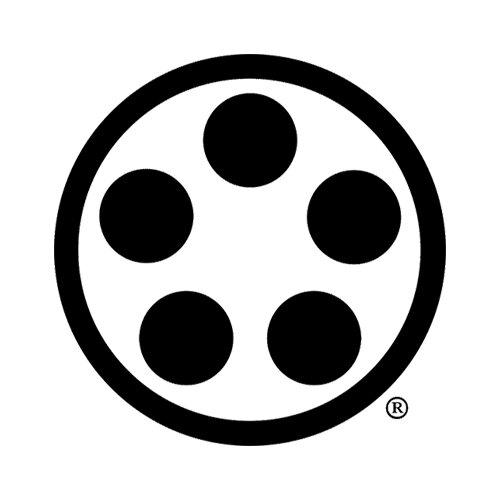
“The first mention of aiki is found in the ancient scrolls of Japanese sword schools. It is a natural thing and has been around as long as life itself; however, it is only in the dojo that a formalized method for its development may be found. Not in all dojo, however. Only those teaching the older and more traditional ryu have it. In such a dojo they regard techniques of combat merely as vehicles for developing aiki.”
(Note: In 1941 the Butokukai, the leading martial arts group of the time, defined aiki as an intrinsic part of all classical bujutsu.)
~Fredrick Lovret, The Way and The Power: Secrets of Japanese Strategy
Yamate-ryū®
Yamate-ryu Aikijutsu began as a family martial art. It is a direct descendant of the Daito-ryu and remains oriented toward its original purpose.
In the early years of the twentieth century, Takeda Sogaku, a master swordsman of the Ono-ha Itto-ryu, was teaching his family art, the Daito-ryu, to certain influential people in northern Japan. Takeda never had a dojo; he traveled from place to place giving seminars. Some of these seminars were for individuals, others were to the hand-to-hand combat instructors of police departments and military organizations, who later taught the art to members of their units. During this period, he served as an instructor to the 2nd Sendai Army Regiment in north-eastern Honshu.
Yamada Taro was among Takeda’s many students. After his Army days, Yamada continued his practice and taught his art, now known as the Yamate-ryu, to family and close business associates.
Fredrick J. Lovret introduced the Yamate-ryu to the United States in 1968, when he founded the San Diego Budōkan. The first public seminar was held in 1973.
SOME DETAILS
As a Taisho Era bujutsu, the Yamate-ryu contains many techniques not seen in more modern arts. Most of these are pure Daito-ryu. A few are unique. A subtle difference in kamae (posture), both spiritual and physical, will be apparent to those who know what to look for. The most unusual feature is the Gokyo, the Five Teachings. This is a set of five groups of techniques, which comprise the promotion requirements for the junior grades of gokyu through ikkyu. The Gokyo are treated as a formal kata. This strict rigor enhances and accelerates the development of a proper martial spirit.
The Yamate-ryu uses the modern kyu-dan ranking system, rokyu through nanadan, augmented by instructor certificates.
There are about 1,700 techniques in the Yamate-ryu, and these are referred to as the Sōden. The Gokyo are drawn from the Soden, either in original form or with some modification. In general, the Gokyo variation will be considerably softer than its Soden ancestor.
Primary stress is on the Gokyo for ranks below sandan, but techniques from the Soden are taught in normal classes at the instructor’s discretion.
The Soden contains several other sets:
Tachi-no-kata: a set of ten formal two-man sword kata. They illustrate the historical foundations and fundamentals of aikijutsu.
The Aiki Kumigata: a group of very formal and very stylized techniques that are only to be demonstrated by seniors.
Various atemi waza (striking techniques)
A kata, and a great many waza for the jo (4’ staff).
Various tantō, tachi, and jo tori-waza.
Tateki waza (techniques against multiple attackers).
Many unusual and complex osae-waza (pinning techniques).








